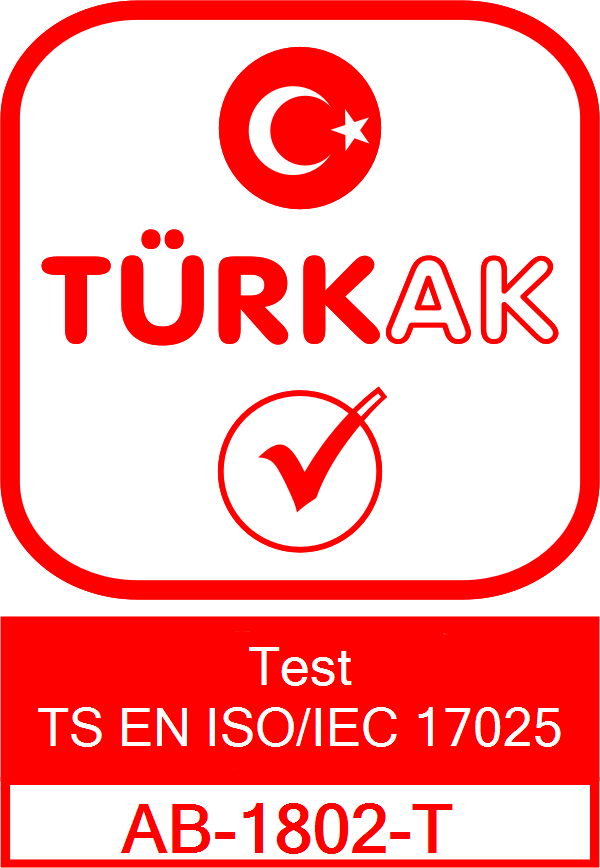Toy Safety : EN 62115 Electrical Properties
Toy Safety: EN 62115 - Electrical Properties
EN 62115 is a European standard that specifies the safety requirements for electrically operated toys. It evaluates the physical, mechanical, electrical, and thermal safety aspects to ensure that electric toys are safe for children. Designed to guarantee the safe usage of all electric toys, EN 62115 aligns with the European Union Toy Safety Directive (2009/48/EC).
Purpose of EN 62115
-
Ensuring Electrical Safety:
Verifies that electric toys do not pose electrical hazards to children. -
Monitoring Heat and Energy Management:
Prevents overheating or risks like electrical short circuits in electric toys. -
Guaranteeing Child Safety:
Ensures that toys do not cause harm during normal or improper use. -
Compliance with Regulations:
Meets the safety requirements of the EU Toy Safety Directive.
Scope of EN 62115
EN 62115 applies to all electric toys and devices powered by electricity, including:
-
Electric Vehicles:
Battery-operated or rechargeable toy cars, train sets, and airplanes. -
Electronic Toys:
Remote-controlled devices, interactive robots, and tablet-like toys. -
Illuminated and Sound-Emitting Toys:
Toys with LED lights, speakers, or sound modules. -
Educational Toys:
Kits with electrical circuits and children’s computers. -
Toys with Batteries and Chargers:
Devices powered by rechargeable batteries.
Parameters Evaluated in EN 62115
-
Electrical Safety
- Toys must operate at a safe voltage (typically 24V DC or lower).
- There should be no risk of electrical short circuits or overcurrent.
-
Mechanical and Physical Safety
- Electrical circuits must be securely housed within the toy.
- Components should be inaccessible to children.
-
Thermal Management
- Toys must not overheat during normal operation.
- Surface temperatures should not reach levels that could burn children.
-
Electrical Insulation
- Electrical components must be insulated from users.
- Insulation should prevent electric shock risks.
-
Cables and Connections
- Electrical cables must withstand stress and overload without damage.
- Cables should be inaccessible to children.
-
Electrical Radiation
- Toys must undergo EMC (Electromagnetic Compatibility) testing to limit electromagnetic waves.
-
Battery Safety
- Batteries must be secure and not easily removable or misaligned.
- Rechargeable batteries should have protection against overcharging or short circuits.
EN 62115 Testing Process
-
Sample Preparation
- The toy is prepared for testing, and all electrical components are inspected.
-
Electrical Testing
- The toy is operated at specified voltage and current levels.
- Tests include short-circuit, overcurrent, and insulation resistance measurements.
-
Thermal Testing
- Surface temperatures during normal operation are measured.
- Overheating tests are conducted.
-
Mechanical Safety Testing
- The durability of electrical circuits is evaluated.
- The toy is checked for impact resistance.
-
EMC Testing
- Electromagnetic radiation levels are measured.
- Toys are assessed for electromagnetic compatibility with surrounding devices.
-
Battery and Charging Safety
- Battery compartments and charging circuits are tested for durability and safety.
Test Criteria
- Operating Voltage: Maximum 24V DC.
- Surface Temperature: Touchable surfaces must not exceed 45°C.
- Insulation Resistance: Electrical circuits must have at least 2MΩ insulation resistance.
- EMC Compliance: Toys must not cause electromagnetic interference.
Legal Requirements and Standards
-
EN 62115:
Core standard for the safety of electrically operated toys. -
European Toy Safety Directive (2009/48/EC):
Regulates the general safety requirements for electric toys. -
IEC 60335-1:
Covers the general safety requirements for electrical appliances. -
EMC Directive (2014/30/EU):
Governs the electromagnetic compatibility of electric toys.
Benefits of EN 62115 Testing
-
Ensures Electrical Safety:
Guarantees the safe use of electric toys. -
Meets Legal Compliance:
Fulfills electrical safety requirements necessary for CE marking. -
Boosts Brand Reliability:
Safe toys enhance consumer trust in the brand. -
Promotes Quality Product Development:
Encourages the design of safe and optimized electric toys.
TTS Laboratory Services for EN 62115 Testing
At TTS Laboratory Services, we offer comprehensive testing services for EN 62115 compliance, including:
-
Electrical Safety Tests:
Insulation, short-circuit, and thermal safety evaluations. -
EMC Tests:
Electromagnetic compatibility and radiation assessments. -
Battery and Charging Safety:
Comprehensive analysis of battery compartments and charging circuits. -
International Standards Compliance:
Testing aligned with EN 62115, IEC 60335-1, and EMC directives. -
Support for CE Marking:
Guidance through the CE marking process with EN 62115 test reports. -
Fast and Reliable Results:
Modern laboratory infrastructure ensures accurate and prompt analyses.
EN 62115 Electrical Properties Testing is essential to ensure the safety of electrically operated toys. This standard not only guarantees safe usage but also ensures compliance with legal requirements.
TTS Laboratory Services provides professional, fast, and reliable solutions for EN 62115 testing.
TTS Laboratory Services: With our accredited analysis scope, we are here to support your testing needs.

